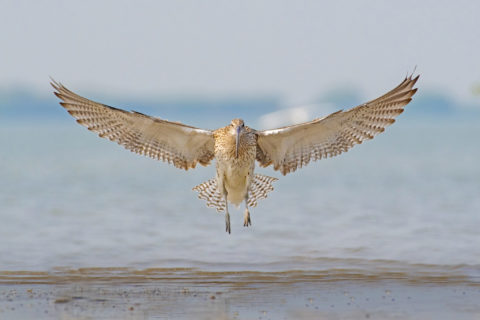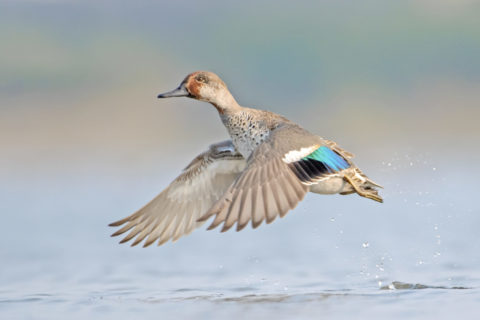
Protected areas don’t always boost biodiversity: management is crucial
-
Asian Waterbird Census
-
International Waterbird Census
The impact on wildlife of designating protected areas such as national parks varies, according to the largest ever global study of their effects on waterbirds. The findings show that managing parks to protect species and their habitats is crucial – and without such management, parks are more likely to be ineffective.
Later this year world leaders will gather in China to set the agenda of global conservation efforts for the next decade. Plans to formally protect 30% of the Earth’s surface by 2030 are gathering pace, but the study’s authors say this alone will not guarantee the conservation of biodiversity. They are arguing that targets need to be set for the quality of protected areas, not just the quantity.
Our new study focused on waterbirds, including globally threatened species, examining the impact of 1,500 protected areas (in 68 countries) on more than 27,000 waterbird sites with count information. Waterbirds are well studied and widespread whilst their mobility means they can quickly colonise or leave a location based on the quality of the conditions. The findings are likely to have wider relevance to conservation of other taxa and management of protected areas for non-waterbirds.
The study was led by the universities of Exeter and Cambridge and is published in the journal Nature. The research team included Wetlands International and the universities of Bangor, Queensland, Copenhagen, and Cornell. The research relied on the efforts of many thousands of volunteers across the world over several decades, through the International Waterbird Census (coordinated by Wetlands International) and the Christmas Bird Count (National Audubon Society) to collect the data on waterbird population numbers.
“We know that different groups of waterbirds require specific habitat conditions for feeding, resting, and nesting. Unless these requirements are being met, protected areas may not serve to provide adequate secure and productive habitats to maintain these waterbird populations,” says Dr Taej Mundkur, Coordinator of the International Waterbird Census with Wetlands International.
“The study has greatly benefited and reiterates the importance of the collection of long term series of bird census information in Europe, Africa, Asia, the Neotropics, and the Americas and the role of committed networks of local volunteers and collaborators.”

“We know that protected areas can prevent habitat loss, especially in terms of stopping deforestation,” said lead author Dr Hannah Wauchope, of the Centre for Ecology and Conservation on Exeter’s Penryn Campus in Cornwall. “However, we have much less understanding of how protected areas help wildlife.
This study shows that, while many protected areas are working well, many others are failing to have a positive effect. “Rather than focussing solely on the total global area protected, we need more focus on ensuring areas are well-managed to benefit biodiversity,” says Dr Szabolcs Nagy, Coordinator of the African Eurasian Waterbird Census with Wetlands International.
The study used a “before-after-control-intervention” method – comparing waterbird population trends before protected areas were established with trends afterwards, and also comparing the trends of similar waterbird populations inside and outside protected areas. This provided a much more accurate and detailed picture than previous studies.
“The results of this study will be important for major global and flyway conservation frameworks and for National Governments”, says Ward Hagemeijer, Senior Advisor and global lead of the waterbird work at Wetlands International. “This will provide focus for the Convention on Biological Diversity, the Ramsar Convention on Wetlands, the African Eurasian Waterbird Agreement, East Asian – Australasian Flyway Partnership, and the Western Hemisphere Shorebird Reserve Network as well as National Governments on the need to not only establish networks of sites of international importance for these migratory species but to ensure adequate conservation management is in place in these areas. Management and restoration with clear targets to deliver on the specific and varied needs of the different waterbird species that depend on these sites during their annual life cycles.”

The finding that larger protected areas tend to be more effective emphasises the need for a landscape approach to the designation and management of these habitats.
Learn more here.
The paper is entitled: “Protected areas have a mixed impact on waterbirds, but management helps.”
Header Image: Flock of Ruff and Reeve (Calidris pugnax) in Gujarat, India.
Picture by ©Neel Sureja
We have permission to use the following photos in any media releases, provided the photographers are credited.
